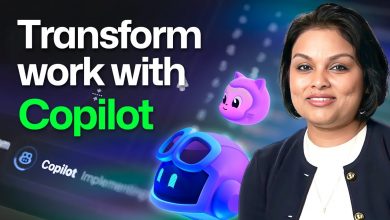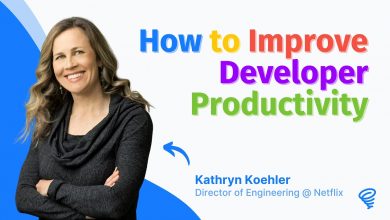The SPACE Framework – A Multidimensional Approach to Measuring and Improving Developer Productivity
SPACE stands for Satisfaction and well-being, Performance, Activity, Communication and collaboration, and Efficiency.
 The SPACE framework is a multidimensional approach to measuring and improving developer productivity, introduced in a 2021 article by researchers from GitHub, Microsoft, and the University of Victoria.
The SPACE framework is a multidimensional approach to measuring and improving developer productivity, introduced in a 2021 article by researchers from GitHub, Microsoft, and the University of Victoria.
It aims to provide a more holistic understanding of developer productivity by moving beyond simplistic metrics like lines of code or individual output, which can be misleading or incomplete.
The framework emphasizes team-oriented, qualitative, and quantitative measures to capture the complexity of software development.
Achieving Flow State
SPACE stands for Satisfaction and well-being, Performance, Activity, Communication and collaboration, and Efficiency and Flow. Below is an explanation of each dimension:
Satisfaction and Well-Being: This dimension focuses on how developers feel about their work, tools, and environment. It includes job satisfaction, sense of accomplishment, and work-life balance. Metrics might include survey-based data on developer happiness, engagement, or perceived support, as well as retention rates or burnout indicators. For example, Netflix uses user surveys to gauge developer satisfaction, ensuring a positive work experience that fosters creativity.
Performance: This measures the outcomes of development work, focusing on the quality and impact of deliverables rather than raw output. Performance metrics might include the reliability of software (e.g., uptime), customer satisfaction, or the success rate of deployments, as seen in Netflix’s use of DORA metrics like deployment frequency or mean time to recovery.
Activity: This tracks the volume of development work, such as commits, pull requests, or code reviews. While useful, activity metrics are contextual and should not be overemphasized, as high activity does not always correlate with meaningful progress. Netflix balances these with other dimensions to avoid misinterpretation.
Communication and Collaboration: This dimension evaluates how effectively teams interact, share knowledge, and work together. Metrics might include code review turnaround time, meeting effectiveness, or cross-team collaboration frequency. Netflix’s centralized platform team, for instance, supports collaboration by streamlining tools for 2,500 engineers.
Efficiency and Flow: This focuses on developers’ ability to work with minimal interruptions and maximize their “flow state”—a period of deep, focused work. Metrics could include time spent on productive tasks versus toil (repetitive, low-value work), cycle time, or the frequency of context-switching. Netflix emphasizes reducing toil through automation to enhance flow.
The SPACE framework encourages organizations to select a combination of metrics across these dimensions—typically at least three—to gain a balanced perspective on productivity. It avoids over-reliance on any single metric, recognizing that productivity is influenced by team dynamics, organizational culture, and individual well-being.
By integrating qualitative insights (e.g., surveys) with quantitative data (e.g., DORA metrics), as Netflix does, the framework helps create a supportive, scalable, and innovative development environment. It also promotes psychological safety, allowing developers to experiment and innovate without fear, aligning with modern DevOps principles.



